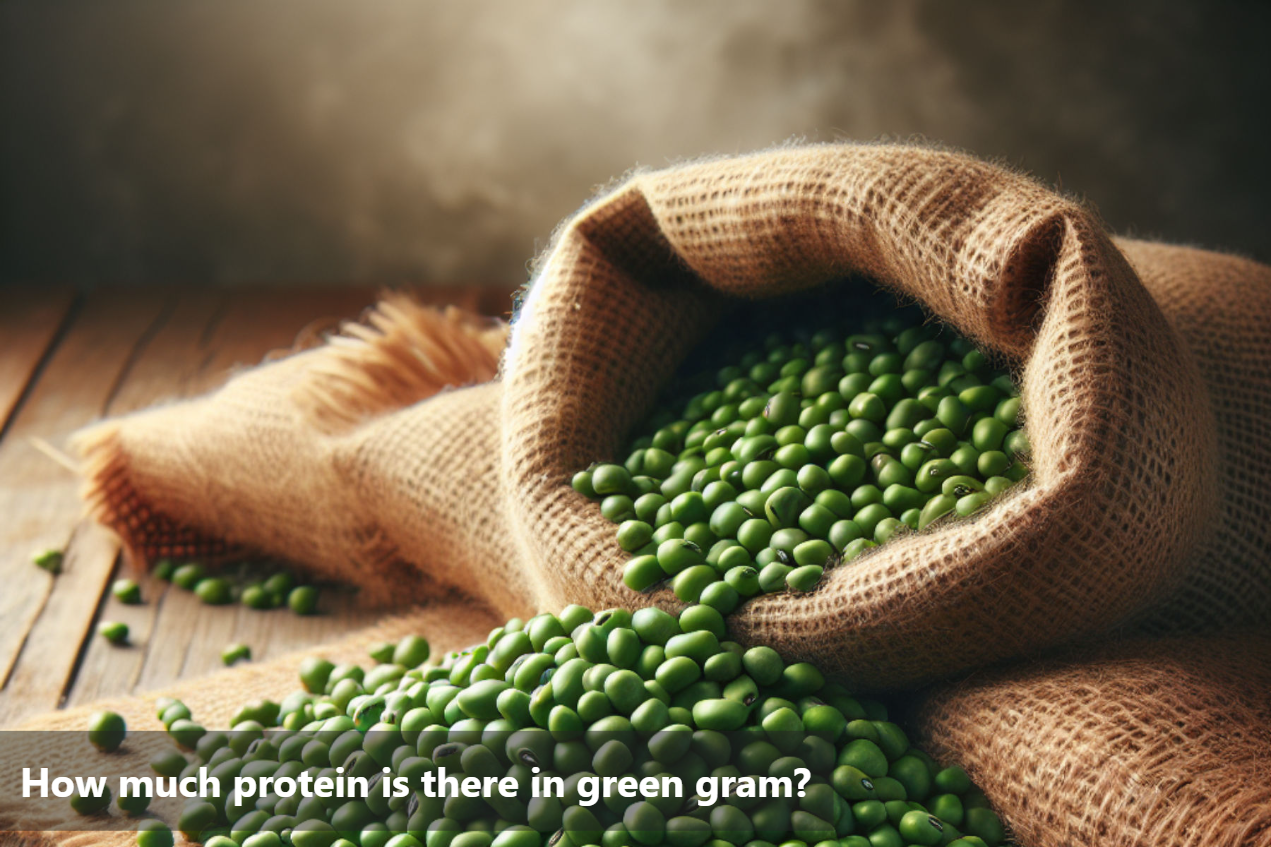
How much protein is there in green gram?
Green gram, also known as mung bean, is a highly nutritious legume that is popular in various cuisines worldwide. It is a rich source of protein, making it a valuable addition to a balanced diet. Green gram contains about 24 grams of protein per 100 grams, which is higher compared to other legumes. This protein content makes it an excellent choice for vegetarians and vegans looking to meet their protein needs.
In addition to protein, green gram is packed with essential nutrients like fiber, iron, and folate. The protein in green gram is easily digestible, making it a great option for those with digestive issues. Incorporating green gram into your diet can help improve your overall health and well-being.
Whether consumed in its raw form, sprouted, or cooked, green gram remains a powerhouse of nutrition. Sprouting green gram further enhances its protein content and improves protein availability and digestion. This simple legume offers a myriad of health benefits and should be included in a well-rounded diet for optimal nutrition.

Nutritional Profile
One cup (7 ounces or 202 grams) of boiled mung beans contains:
Calories |
212 |
Fat |
0.8 grams |
Protein |
14.2 grams |
Carbs |
38.7 grams |
Fiber |
15.4 grams |
Folate (B9) |
80% of the RDI |
Manganese |
30% of the RDI |
Magnesium |
24% of the RDI |
Vitamin B1 |
22% of the RDI |
Phosphorus |
20% of the RDI |
Iron |
16% of the RDI |
Copper |
16% of the RDI |
Potassium |
15% of the RDI |
Zinc |
11% of the RDI |
Protein Content
Raw Green Gram
A single cup of raw green gram contains a substantial amount of protein, making it an excellent plant-based protein source. With around 24 grams of protein per cup, green gram stands out as a protein-rich legume. This protein content in raw green gram is comparable to other legumes like lentils and chickpeas.
Apart from protein, raw green gram is also packed with fiber, vitamins, and minerals, making it a wholesome addition to your diet. The protein content in green gram plays a crucial role in muscle development and repair, making it an ideal choice for vegetarians and vegans.
Incorporating raw green gram into your diet can help meet your daily protein requirements.
The recommended daily protein intake varies based on factors like age, activity level, and overall health. However, a moderate consumption of green gram can contribute significantly to your protein needs, promoting overall well-being and nutritional balance.
Green Gram
Sprouting green gram is a great way to boost its nutritional value, especially in terms of protein content. When green gram undergoes the sprouting process, the protein availability and digestion are significantly enhanced, making it even more beneficial for our health.
Sprouting green gram leads to an increase in enzyme activity, which in turn breaks down the proteins into amino acids. This process makes the protein in sprouted green gram easier to digest and absorb. As a result, our body can utilize the protein more efficiently.
Moreover, sprouting also leads to a reduction in anti-nutrients like phytic acid, which can hinder the absorption of essential nutrients. By neutralizing these anti-nutrients, sprouting ensures that the protein in green gram is more bioavailable and can be better utilized by our body.
In addition, sprouting green gram increases the overall nutrient content, enhancing the levels of vitamins, minerals, and antioxidants. This makes sprouted green gram a powerhouse of nutrition, providing a wholesome source of plant-based protein that can be incorporated into various dishes for a healthy and balanced diet.
Overall, including sprouted green gram in your diet can offer a nutritious and protein-rich addition that supports overall health and well-being.

Protein Concentration in Green Gram
Green gram is highly regarded for its protein content, which plays a crucial role in maintaining overall health. With approximately 24 grams of protein per 100 grams of raw green gram, it serves as an excellent plant-based protein source. This protein content is comparable to other plant proteins like lentils and chickpeas.
Moreover, sprouting green gram further enhances its protein availability and digestion. The sprouting process reduces antinutrients, making the protein more accessible for the body to absorb efficiently. Incorporating sprouted green gram into your diet can be a simple yet effective way to increase your protein intake.
The protein content in green gram, whether in its raw, sprouted, or cooked form, makes it a versatile and nutritious food choice for individuals looking to add plant-based proteins to their diet. Including green gram in your meals can contribute significantly to meeting your daily protein requirements in a wholesome manner.
FAQs
-
Is green gram a good source of protein?
Yes, green gram is a good source of plant-based protein and is often included in vegetarian and vegan diets for its protein content.
-
Why is protein important in green gram?
Protein is essential for building and repairing tissues, making enzymes and hormones, and supporting the immune system. Green gram provides a healthy protein source.
-
Can green gram be consumed by individuals looking to increase their protein intake?
Definitely! Green gram is a nutritious and versatile legume that can be incorporated into various dishes to boost protein consumption.
-
Are there any other nutritional benefits of green gram besides protein?
Yes, green gram is also high in fiber, vitamins, and minerals, making it a valuable addition to a balanced diet for overall health and well-being.
This Blog post is an initiative by Lo! Foods, to provide accurate and Nutritionist / Doctor approved information related to Health. Lo! Foods is India's leading brand for Everyday Functional Foods. Foods designed for specific Health conditions or Needs. Lo! Foods also runs India's largest range of Low Carb Healthy Cloud Kitchens, under the brand names of Lo!, ProteinChef, ATH (All Things Healthy) and DiabeSmart.



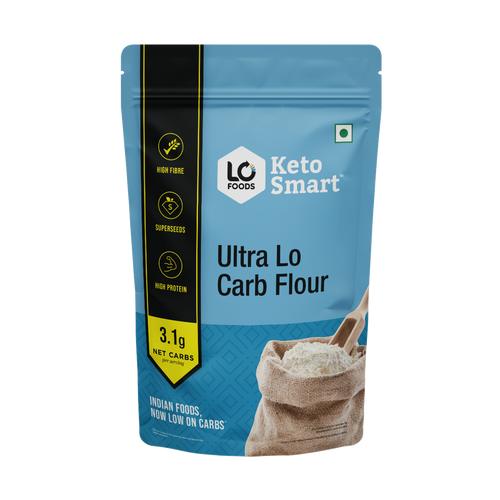
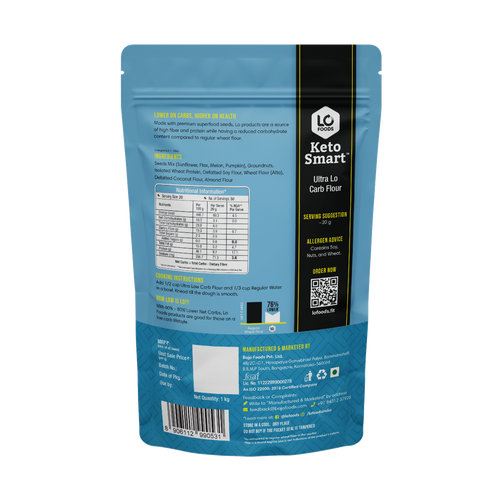

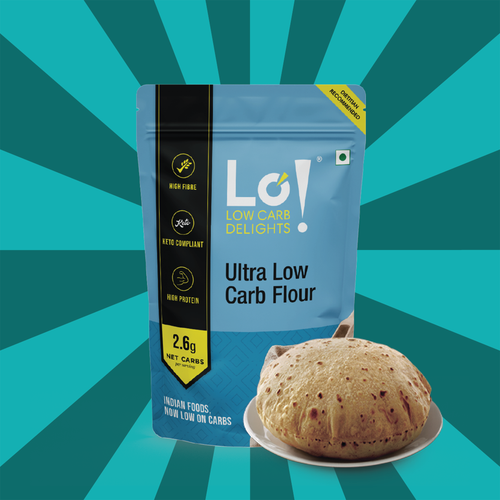


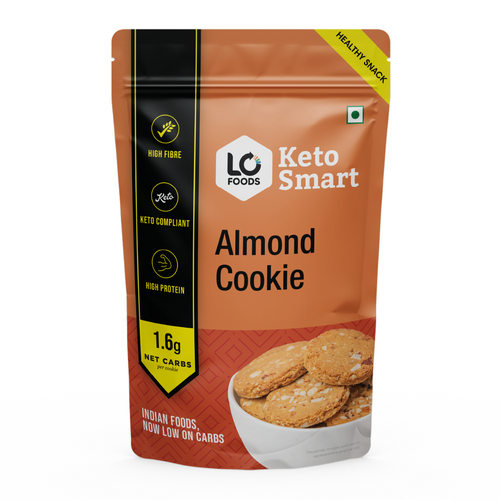





Leave a comment
Your email address will not be published.